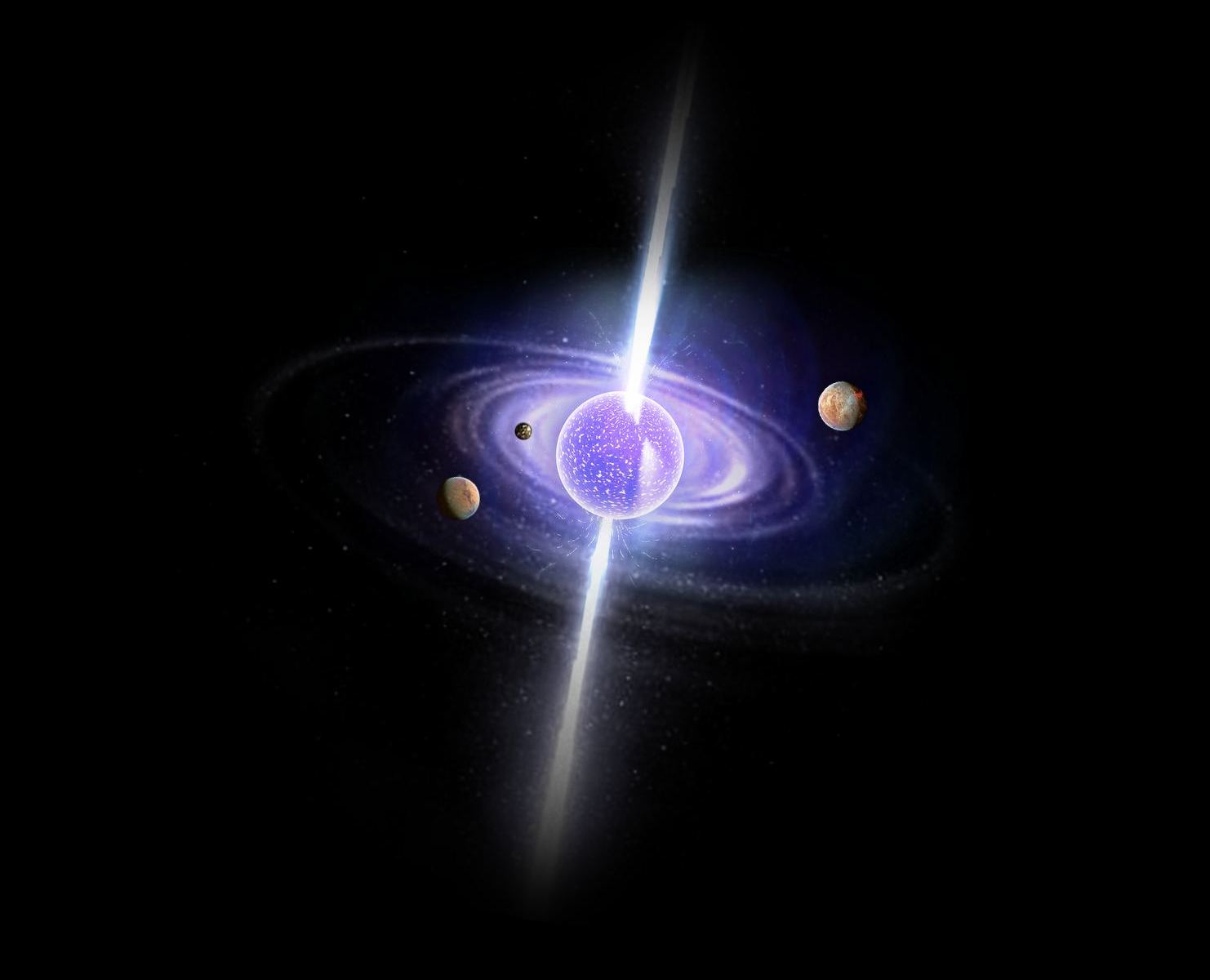We have been treated to some amazing aurora displays over recent months. The enigmatic lights are caused by charged particles from the Sun rushing across space and on arrival, causing the gas in the atmosphere to glow. Now researchers believe that even on exoplanets around pulsars we may just find aurora, and they may even be detectable.
Continue reading “Planets Orbiting Pulsars Should Have Strange and Beautiful Auroras. And We Could Detect Them”Astronomers Scan 800 Pulsars to See If Any of Them Have Planets

Astronomers discovered the first exoplanets in 1992. They found a pair of them orbiting the pulsar PSR B1257+12 about 2300 light-years from the Sun. Two years later they discovered the third planet in the system.
Now a team of astronomers are trying to duplicate that feat by searching 800 known pulsars for exoplanets.
Continue reading “Astronomers Scan 800 Pulsars to See If Any of Them Have Planets”
